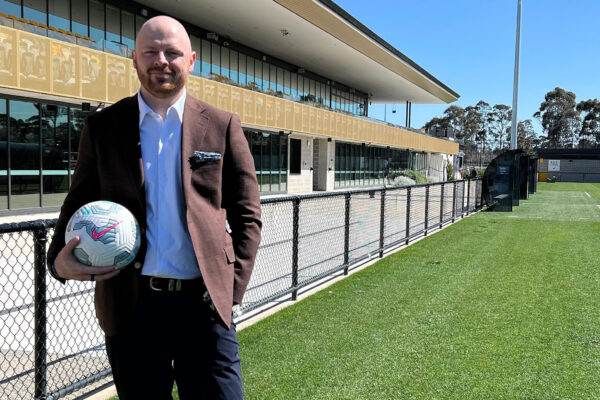
Deltatre, the global leader in fan-first video experiences, has announced the development of a new suite of sport-focused features and functionality within its user experience (UX) management tool, AXIS, to support leagues, teams and federations.
AXIS is a targeted UX management console and suite of multi-platform Reference Apps. For many years, AXIS has been the go-to product for OTT services, including BritBox, Rogers Sports & Media and DR.
AXIS empowers an OTT service’s editorial team, reducing churn and boosting personalisation and monetisation options.
This latest evolution of AXIS brings Deltatre’s expertise to life, offering sports-focused OTT providers the ability to offer their users uniquely different ways of following specific leagues, tournament rounds, teams or players.
By putting the power in the hands of knowledgeable editorial staff, clients consistently report increased engagement and reduced churn from their OTT offering.
Deltatre has added the ability for broadcasters and rights holders to adapt their services, so that sports content such as competitions, events, teams, and athletes can be promoted out-of-the-box, with dedicated templates enabling easy discoverability of live and catch-up sport video content.
In addition, a new personalisation feature allows users to follow their favourite team or player so they never miss a moment of the action.
Using a simple drag-and-drop interface, AXIS helps editorial teams control every element of their OTT video service, including design, navigation, promotions, page layout, and content.
This builds on an already extensive set of core AXIS functionality that includes the following features:
• A drag-and-drop management system: Enables any content producer to make real-time changes to an OTT service without needing to touch any code – helping to boost engagement and monetisation opportunities.
• Smart lists: Streamline efficiency with ‘smart’ lists of content that combine manually curated and rules-based content.
• Advanced Segmentation Tags: Target your audience by demographic type, device, location and so on.
• Personalisation: Dynamically surface related content that you know your users are interested in, based on their followed items.
• Page and row templates: Ready-to-use templates and row types let you create and configure detail pages for your competition, event, team, and other assets, that users can navigate to from anywhere in their app.
• Monetisation options: Boost revenue potential in a non-intrusive way, by adding brand sponsored rows or banners directly into the UI.
Gilles Mas, President of Video Experiences, Deltatre, said: “As a long-standing streaming technology provider to leading OTT platforms across sport and entertainment, Deltatre is uniquely positioned to understand the complexities and differences in the way fans and users engage with and consume different content.
“We know how important it is to combine a greater user experience with clear, actionable audience data. Truly understanding your customers, and giving an editorial team the tools to act on that knowledge, is key to maximising engagement and reducing costs and churn.”
AXIS complements Deltatre’s comprehensive end-to-end offering across sports and entertainment, which includes its OTT player DIVA, the world’s most powerful sports publishing platform FORGE, and mtribes, a SaaS platform for real-time, data-driven UX targeting.














